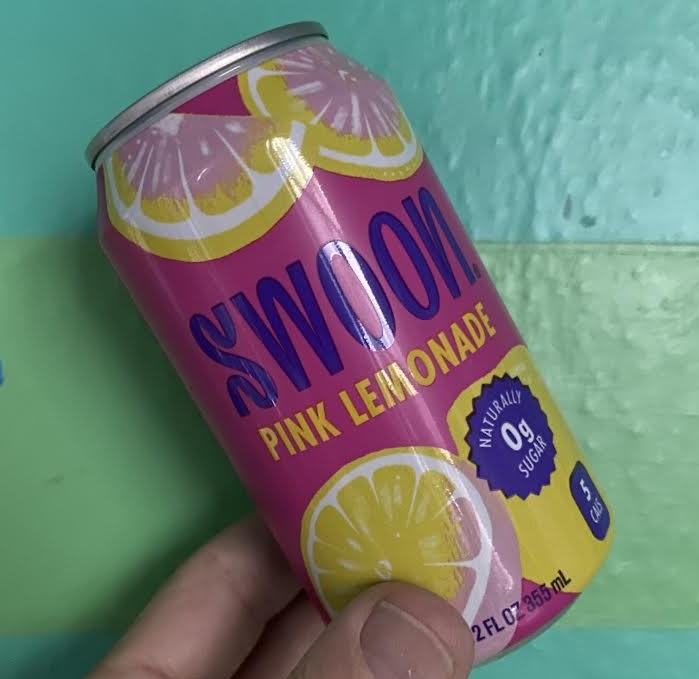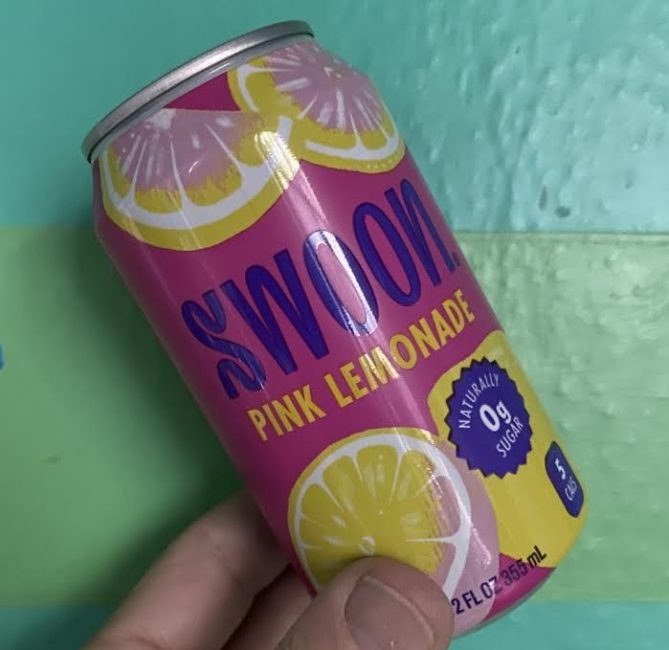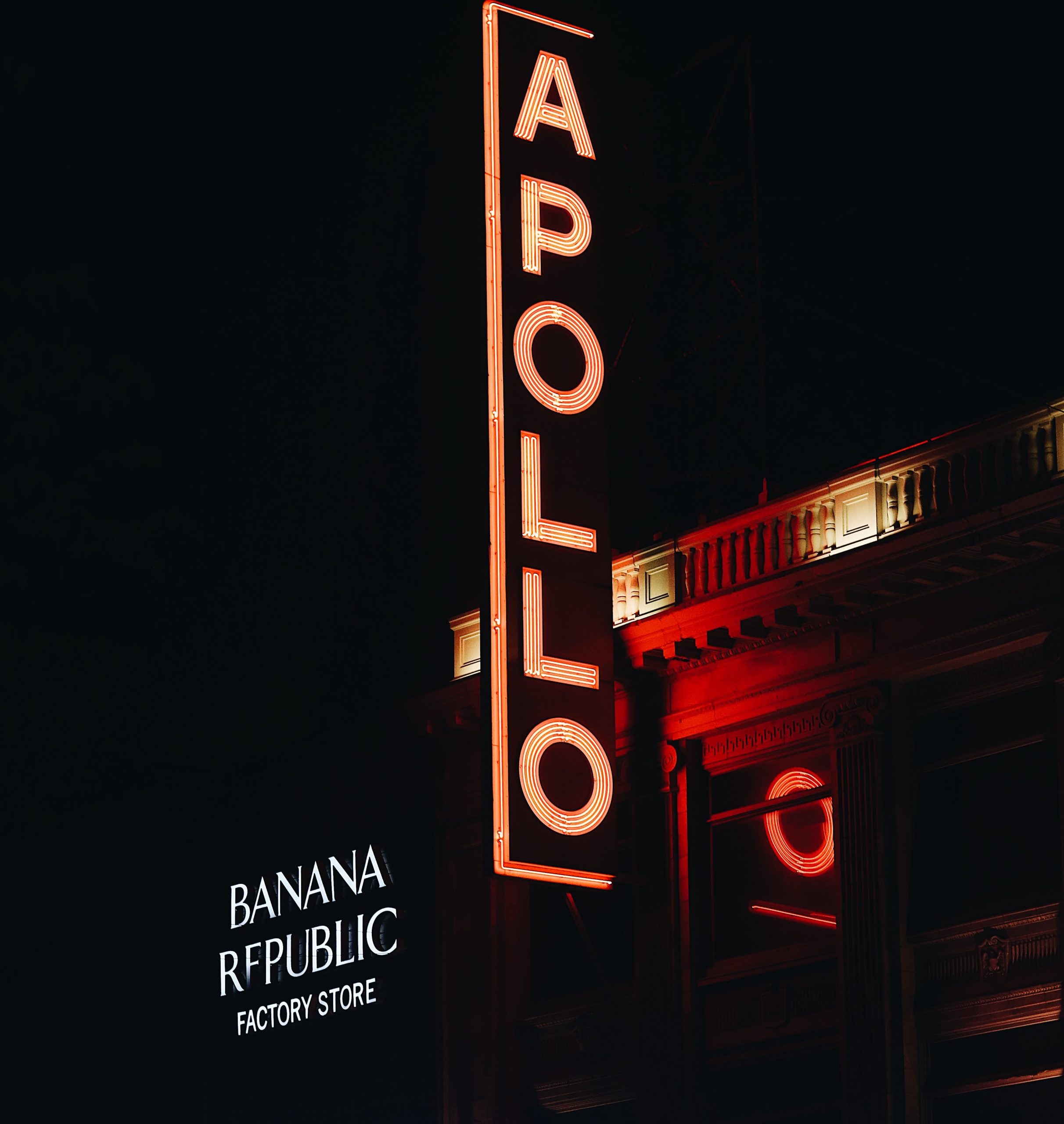One of our Divabetic community members, Deb L.., who is living with type 2 diabetes, recently contacted us through Facebook with questions about added sugars. We contacted our good friend, a past Diabetes Late Nite podcast guest, Registered Dietitian Nutritionist, Certified Diabetes Educator and Best-Selling Author Jill Weisenberger MS, RDN, CDE, FAND for answers and advice regarding Deb’s questions.

Q: Is the amount of sugar in packaged products and recipes increasing?
Jill Weisenberger (JW): I’m not aware that this is true. In fact, I think there’s been a big push in the last few years to reduce the amount of added sugar is packaged goods. And manufacturers are responding. My own observation is that manufacturers provide a variety of options for different consumer likes and dislikes, so some products are created simply for taste and others are developed health goals in mind as well as taste.
One new thing that’s confusing is that some food labels show the amount of added sugar and some show the amount of total sugar. That’s because not all manufacturers have yet adopted the newest guidelines to include a line to show how much sugar has been added to a product. I never worry about the amount of sugar naturally in foods like fruits, vegetables, milk and yogurt. It’s the added sugars that I pass close attention to.
Often people with diabetes focus too much on sugar when the total amount of carbohydrate is really what’s important. It’s not only the sugar portion that affects blood sugar. For example, a cup of milk has 12 grams of carbohydrate, and all 12 are sugar (lactose). A cup of brown rice has 1 gram of sugar, but 45 grams of carbohydrate. In this case, the cup of brown rice with a mere 1 gram of sugar will raise blood sugar levels far more than a cup of milk with 12 grams of sugar.
Q: I like to read recipes and I’m horrified by the amount of sugar in them. I’ve looked in vain for a Sloppy Joe recipe that isn’t sweet. All of the ones I’ve read and I’ve read plenty call for (too sweet) ketchup plus additional brown sugar. Even dessert recipes seem to be increasing the amounts of sugar in them.
Jill Weisenberger (JW): The good news when you’re preparing your own recipes is that you can tweak them to meet your needs. Often you can reduce sugar by 1/4 to 1/2. In some recipes, you can omit it or swap it for a non-nutritiive sweetener of choice. However, if you’re baking, you’re going to get very white cookies or cakes without having at least a little sugar. It’s needed for the browning.
Q: Can you provide a Sloppy Joe recipe and/or a low sugar alternative?
Jill Weisenberger (JW): You can point out that while lentils are a source of carbohydrate, they – like other legumes – are full of the type fiber that’s good for blood sugar control. While there is a tablespoon of brown sugar in the recipe, that amounts to about 1 gram of added sugar per sandwich. If she is concerned aobut the total amount of carbohydrate (40 g, but 7 are fiber), she can remove the top bun to save 60 calories and about 12 grams of carbohydrate.

Lentil Sloppy Joes Recipe: A Healthy, Delicious take on an Old Favorite
Jill Weisenberger (JW): I usually eat this open faced to save about 60 calories. And for my friends and clients with diabetes, leaving half the bun trims 15 grams of carbohydrate. If the length of this ingredients list gives you pause, take the very, very easy route. Simply mix prepared lentils with a can of your favorite sloppy joe sauce. It won’t be the same, but it will allow you to try out this concept.
Ingredients
1 tablespoon canola or olive oil
1 large yellow onion, chopped (about 2 cups)
1 large carrot, chopped (about ⅓ cup)
1 orange bell pepper, chopped (about 1 cup)
2 garlic cloves, chopped or crushed
1 teaspoon cumin
1 teaspoon chili powder
2 tablespoon tomato paste
3 cups vegetable broth
24.5-ounce box of strained tomatoes (or 24-ounces canned tomato sauce)
1 tablespoon sriracha sauce
1 tablespoon Dijon mustard
1 tablespoon brown sugar
1 cup green lentils, rinsed and sorted
12 small whole-grain rolls, toasted (look for rolls about 120 calories)
Instructions
In a large pot or Dutch oven, heat the oil over medium heat. Sauté the onions, carrots and bell pepper until softened, about 5 minutes.
Add the garlic, cumin, chili powder and tomato paste. Mix well.
Add the vegetable broth, strained tomatoes or tomato sauce, sriracha sauce, Dijon mustard and brown sugar. Mix well. Add the lentils.
Increase the heat to a boil. With the lid ajar, reduce the heat and simmer until the lentils are tender, about 45 minutes. Stir occasionally to prevent sticking.
Serve in a toasted bun.
Notes
I use a lot of tomato paste in my recipes because I really like the full-bodied, meaty flavor it provides. Look for it in a tube, so it lasts a long time in your refrigerator after opening. Feel free to substitute any other color bell pepper for the orange or red pepper specified.
Nutrition Information
Serving size: rounded ½ cup, 1 roll Calories: 235 Fat: 3g Saturated fat: <1g Trans fat: 0g Carbohydrates: 40g Sodium: 470mg Fiber: 7g Protein: 11g Cholesterol: 0mg

Jill Weisenberger’s comprehensive guide, ‘Prediabetes: A Complete Guide’ will lead you through dozens of concrete steps you can take to reduce the risk of developing type 2 diabetes and other lifestyle-related chronic diseases. Taking an individualized approach to your lifestyle “reset,” this book will allow you to choose your own path to wellness, help you gain a greater sense of wellbeing, boost your confidence in your abilities to maintain a healthful lifestyle, and potentially even help you reverse prediabetes and avoid type 2 diabetes and other chronic illnesses. You’ll be feeling better than you have in years! Inside, you will learn to:
Identify your risks for developing type 2 diabetes
Set personalized and meaningful behavioral goals
Identify and build on your motivation for a lifestyle reset
Create positive new habits
Change eating habits for weight loss and greater insulin sensitivity
Choose wholesome foods in the supermarket and when away from home
Tweak your favorite recipes
Reduce sedentary time
Start or improve upon an exercise plan
Reduce emotional eating
Organize and track your progress with tools included in the book
Much more
Jill Weisenberger, MS, RDN, CDE, CHWC, FAND is a great resource for all things nutrition, food and diabetes. Whether she’s speaking, writing, chatting on social media, appearing on TV or working with individuals, her candid and energetic approach appeals to busy people, and her sound nutrition and fitness advice gets results. In fact, her appreciation for science and ability to translate science into actionable information earned her a place in US News & World Report’s 10 Dietitian’s You Need to Follow on Social Media.

LISTEN NOW: Divabetic’s 8th Year Anniversary podcast featuring music by Patti Austin. We’re talking about healthy strategies to help you deal with the FOOD POLICE with guests: Poet Lorraine Brooks, Jill Weisenberger MS, RDN, CDE, CHWC, FAND, Chris Pickering co-founder of ‘The Betes Bros, Patricia Addie-Gentle RN, CDE, and Mama Rose Marie.



















